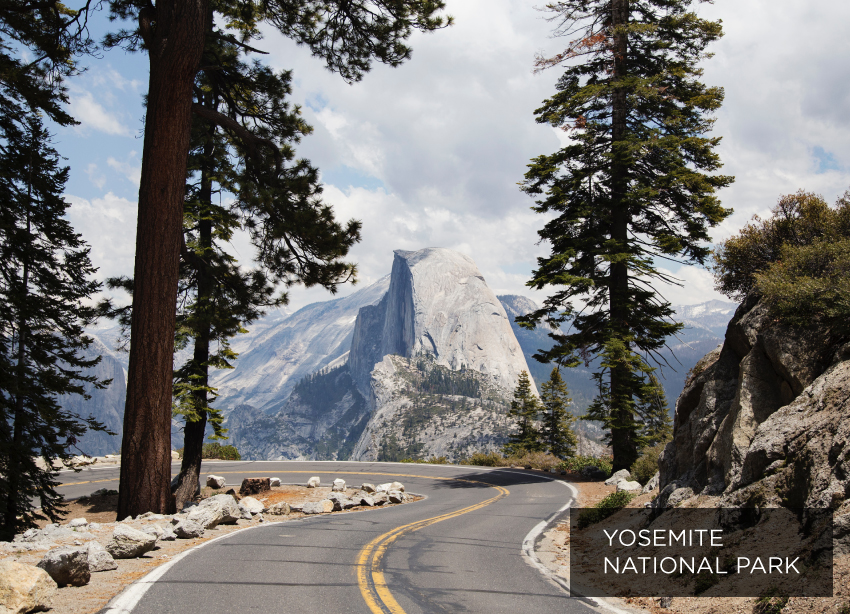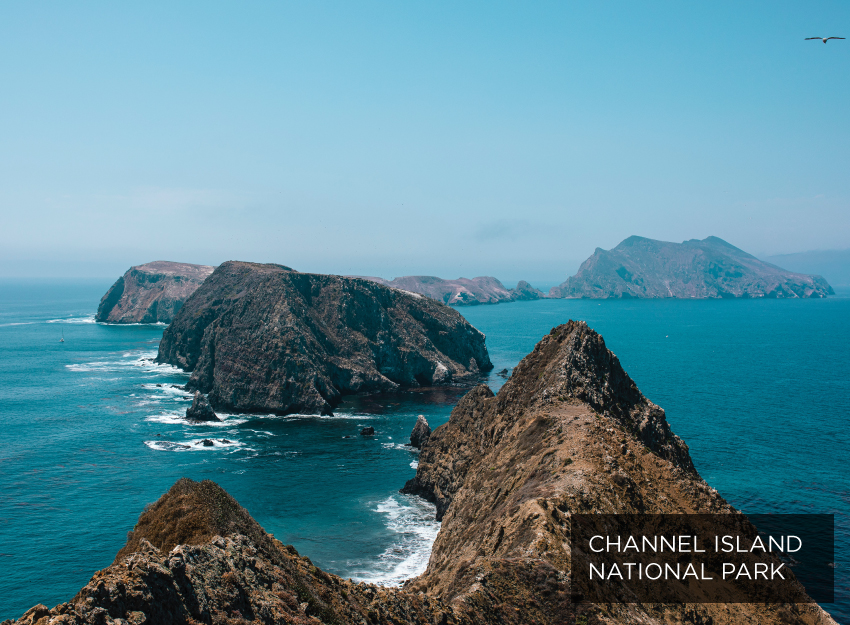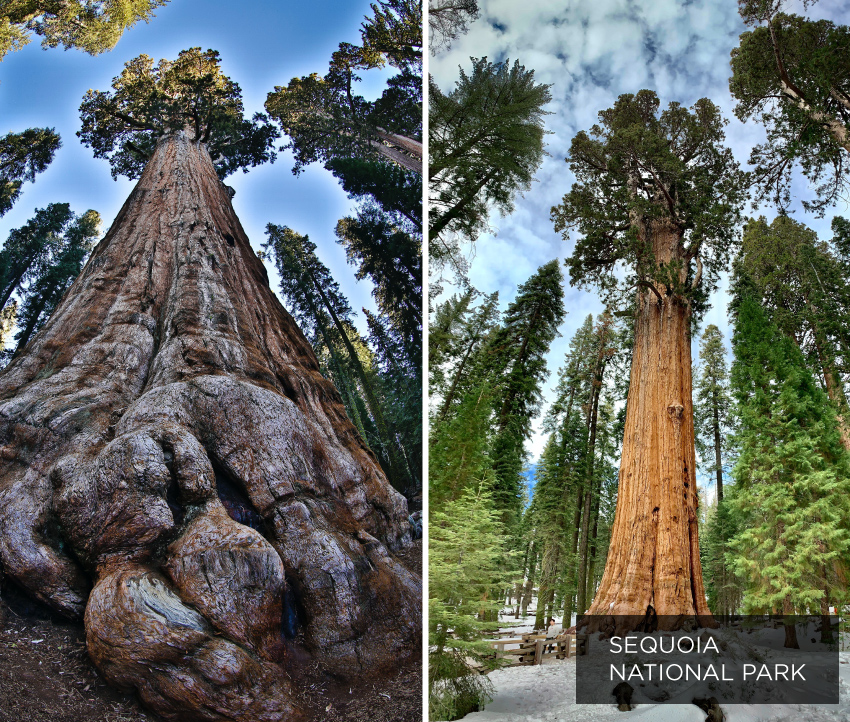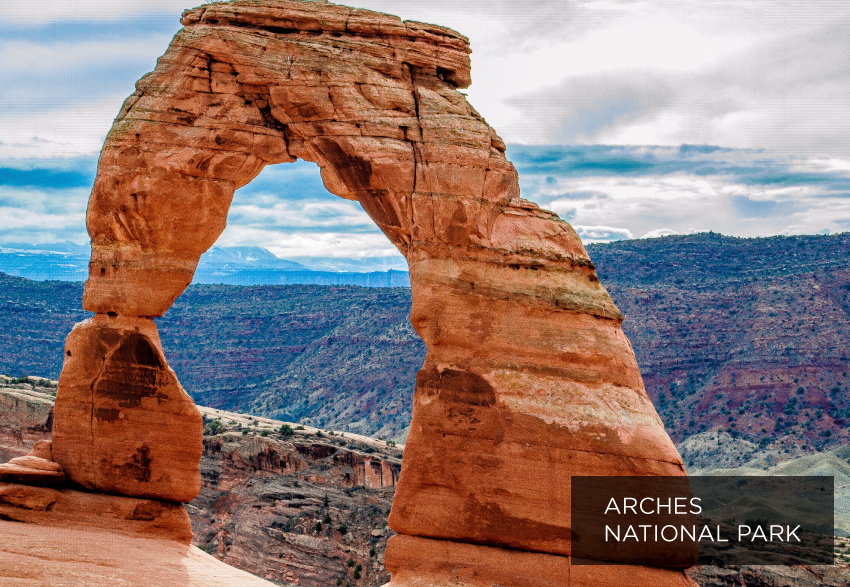Traveling in and Around National Parks
You can also make a major difference by thinking about how you get to and travel around our national parks. If you don’t live within walking distance of a park, you will likely have to drive, and that is not always a bad thing. In fact, there are many awesome national parks that are worth driving to, including Arches National Park in Moab, Utah, where you can drive through thousands of natural arches. There is also Sequoia National Park in Three Rivers, California, which is home to some of the largest trees in the world.
However, once you arrive at these or any of the other amazing parks, you should consider getting out of the car and traveling in a more sustainable way by walking or riding a bike. Many parks also offer shuttle systems to mitigate road congestion and keep pollution down.
Plus, while you are helping the environment, you can also help yourself. There are numerous health benefits to being sustainable, walking, and eliminating waste. When you get outside and breathe fresh air, you improve your oxygen intake so you feel more energetic and less stressed. Also, when you strive to eat healthier, cleaner foods, you also prevent the use of pesticides on our farms which can be bad for the plants and our health.
The other problem that our national parks face is that everyone visits at the same time every year, so the environment takes a major hit. If you want to give the parks a bit of a break, then consider visiting during the offseason or even taking hikes at night. No matter what time of year you visit, you are sure to be amazed.
In the end, it is imperative that we protect our national parks. By visiting your local park with sustainability in mind, you can enjoy nature and ensure that it will thrive for many years to come.
Give + Get with Kind Traveler: Explore exclusive offers from Kind Hotels unlocked with a $10 donation to a local charity that positively impacts the community you are visiting, or to a charity of choice. 100% of donations go to charity. Explore the Kind Traveler hotels and destinations here.






